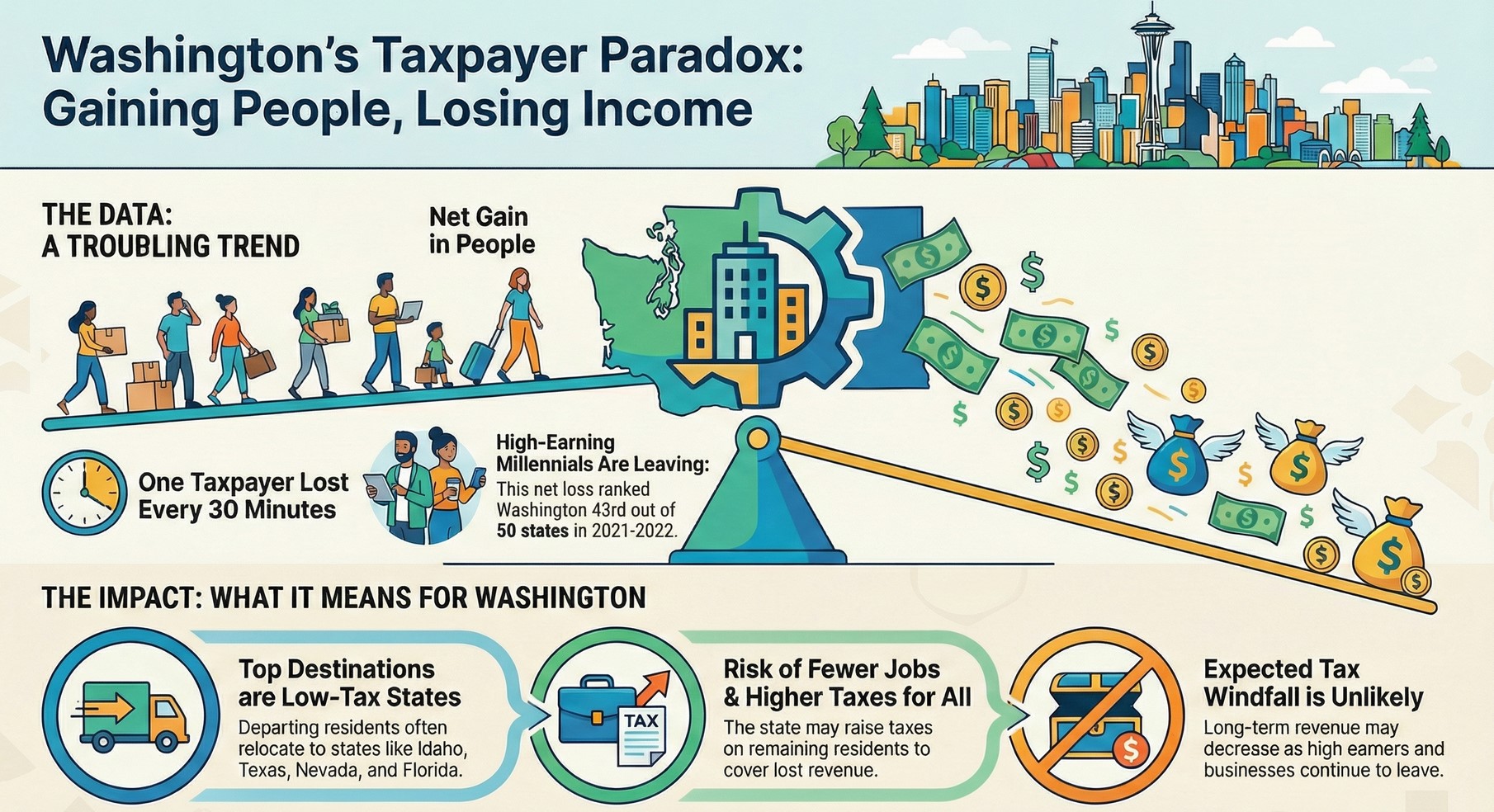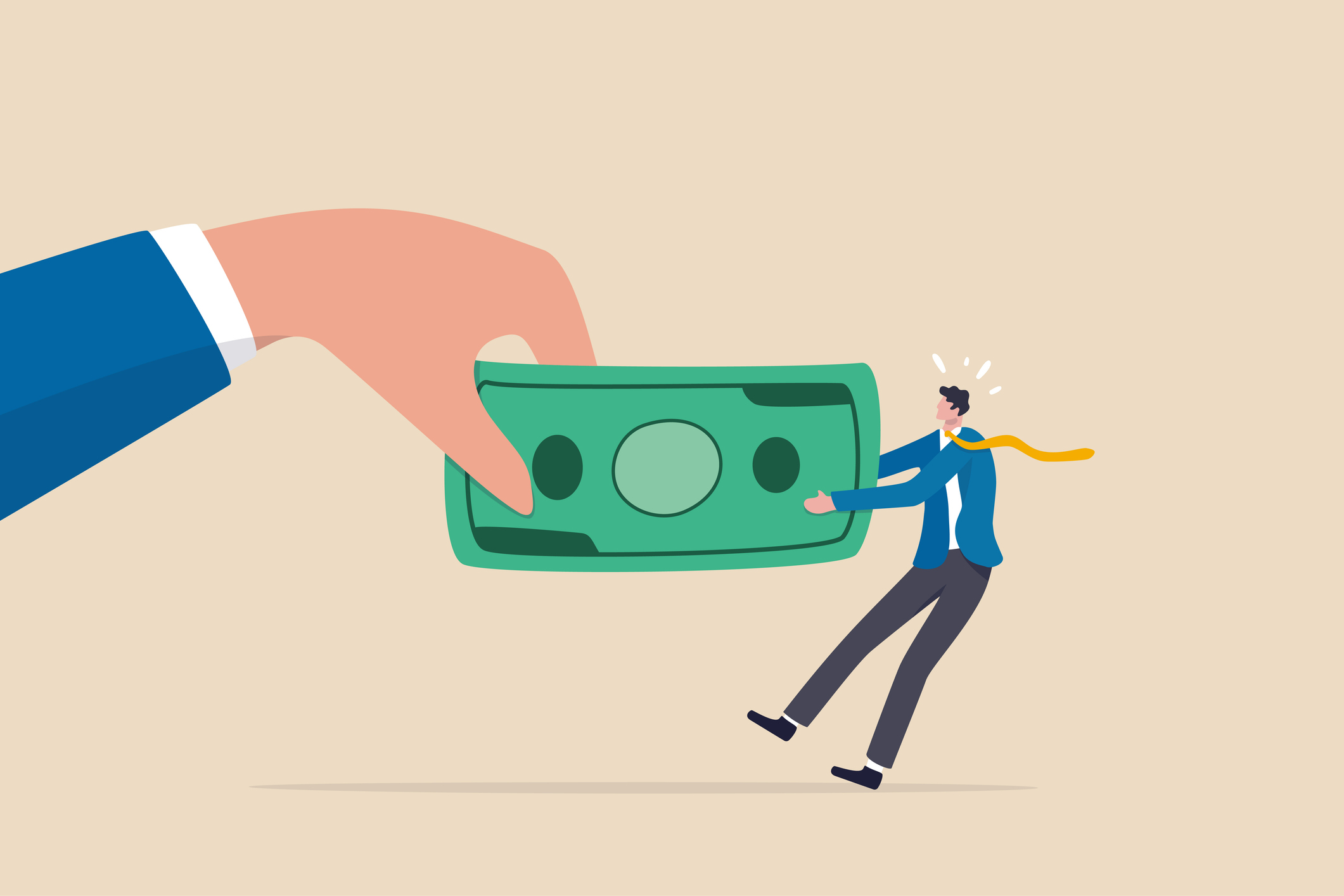The I-405 and Highway 167 toll lane experiment is losing money and now the Washington State Transportation Commission (WSTC) is considering increasing tolls by up to 80% to $18 each way on I-405. The increase will cost a I-405 commuter, using the lanes at peak toll periods, around $720 per month or $8,640 per year. If you travel the entire 167 and 405 corridor you could see a toll of up to $54.
The Washington State Department of Transportation (WSDOT) fiscal report for the tolling project, shows a loss of $1.4 million in 2022 and is expected to lose money again in 2023. The toll lanes, according to WSDOT’s original goals, were supposed to pay for new projects in the I-405 corridor. Instead, they are costing the taxpayers money to run.
Along with the increase in tolling, WSTC is considering raising the minimum toll to $1, extend the tolling window until 10am in the morning and 8pm in the evenings. Additionally, tolling weekends from 5am to 8pm is under review.
Since the beginning of the program, the toll lanes have been a problem for the majority of commuters. Transportation chief Lynn Peterson, who oversaw the toll lane project and was fired from her position by the Washington State Senate, claimed that the “toll lanes aren’t just for wealthy people”. For a person earning the Washington State average salary of $81,245 (2021), $8,640 represents over 10% of their income. This is in addition to the inflated car tabs and property taxes in the Regional Transit Authority area that a driver pays.
The toll rates are set by a combination of algorithms, or as WSDOT refers to it, ‘fuzzy math’ and reviewed by a traffic engineer looking at traffic cameras and the congestion on the corridor. This is why the tolls can vary widely by time of day and congestion levels.

For drivers unwilling or unable to pay the tolls, congestion will get worse in the general-purpose lanes as drivers, who up to this point have been able to pay $10, will now be relegated to the slow lane increasing congestion.
The Seattle Times reports that Will Knedlik, president of the Washington State Good Roads and Transportation Association is concerned that the increased tolls will only “fuel frustration.”
WSTC chair Reema Griffith calls the toll lane experiment, “A significant failure”.
The Washington State Legislature and WSDOT has failed in its mission to provide a reliable transportation system in Washington and instead has focused billions of taxpayer dollars transportation on options that represent less than 5% of the trips taken in the state. Since the pandemic transit ridership has fallen by 30-40% (WSTC 2019). Not everyone can or will take transit and given the increase in crime, and lack of law enforcement on the busses and trains, this is not likely to change.
WSDOT needs to wake up and realize that we can’t toll our way out of congestion. While tolling options give some drivers that can afford it, a faster commute, Washington needs to build more general-purpose capacity in the I-405 and I-5 corridors to support the 6 million anticipated residents (1.8 million new residents arriving in the state) in the next 25 years. Without the additional capacity, the problems will only get worse, irrespective of any toll rates set.





